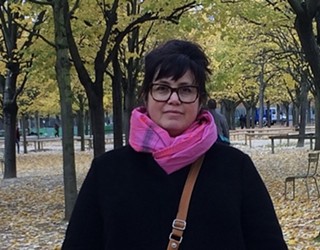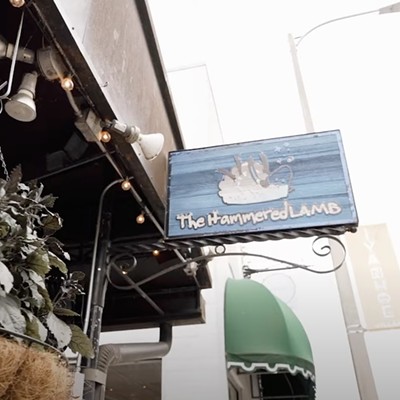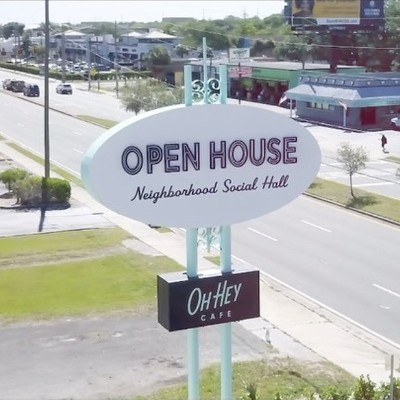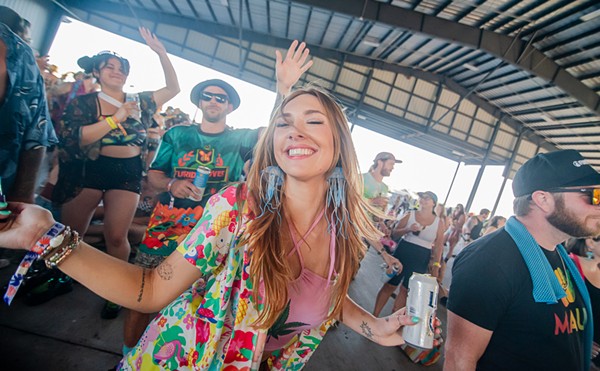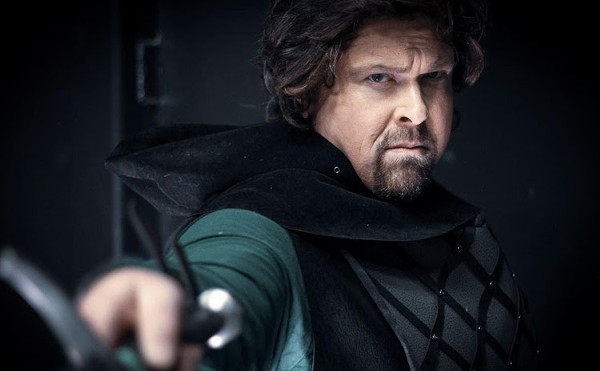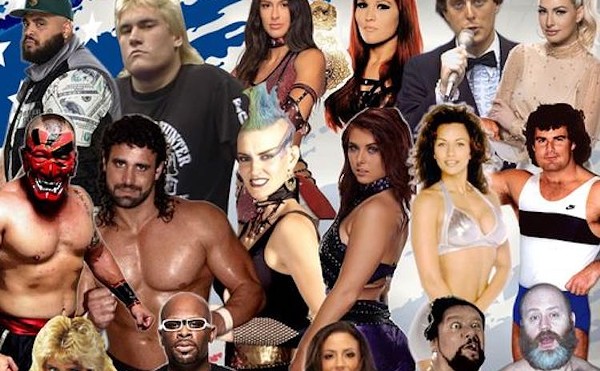The Velvet Years: 1965-1967, Warhol’s Factory
Photographs by Stephen Shore
Cornell Fine Arts Museum
407-646-2000
rollins.edu/cfam
$5
Every dreaming teenager needs a safe space in which to sing into the mirror, practice an autograph, experiment with hairstyles. Before Andy Warhol’s Factory was the see-and-be-seen party spot for a carefully calibrated mix of wealthy art collectors and artistic weirdos, it was just that: the place where an influential group of artists manufactured their personas. Between 1965 and 1967, Stephen Shore documented the everyday life of Warhol and his protégées, fixing in time that fluid moment just before fame.
Shore was only 17 when he started photographing the Factory crew. Though Warhol was no teenager in 1965, he wasn’t quite the owl-faced, totemic personage he became in the 1970s; the Velvet Underground were still bashing out their place in history as well. (The title of Patti Smith’s memoir of the same era says it – they were all Just Kids.) Along with the today-familiar poses of indifference, the carefully rehearsed attitudes of ennui, Shore snapped icy Teutonic singer Nico laughing, open-faced as a schoolgirl, and Lou Reed looking like a nice handsome young man – vulnerable, even. He caught moments of realness in cafés and kitchens before they’d ruined those famous features with heroin. The energy of youth and ambition burns from the frames: Edie Sedgwick’s dimples and tights, International Velvet’s baroque eyeliner and Mary Woronov’s elegant droop – all memorialized for the ages.
Andy, though, was still working out his facade. In “Andy Warhol in Emily Staempfli’s Apartment,” the artist archly holds a teacup while sitting in a stiff satin-upholstered chair, a gilt-framed Modigliani hanging behind him. The insolence of his mocking pose is betrayed by how calculated it appears. All his insecurity is on display in how hard he tries to hide it; the painting has more composure than he does.
These few images of Warhol and his crew hanging out outside their Factory clubhouse – a few in wealthy art dealer Staempfli’s home, a few in Shore’s parents’ apartment – are juxtaposed with similarly posed photos at the Factory, a nifty visual pun: Lou, Andy and other members of the entourage lounge on couch after couch after couch. And Shore captured the making not just of Warhol’s image but also some of his groundbreaking work – among all the party snapshots, there are photographs of Warhol pulling screens for his Flowers series, posing with his Silver Clouds mylar balloons and peering through a movie camera while filming one of his druggy opuses.
The photographs themselves aren’t in the best of shape – many of the frames are scratched and dingy, and some of the prints are rippled with humidity. This exhibition (like the Janet Macoska show, It’s Always Rock and Roll, that hangs in the adjacent room) was organized and loaned by the Rock and Roll Hall of Fame and Museum; perhaps this partially accounts for the sensation that I was observing artifacts rather than works of art. Not that the images aren’t well-made – while Shore’s name is second only to William Eggleston as a pioneer of realist color photography, these black-and-white images display a lovely control of composition and contrast.
The original Factory at 47th Street was the wellspring of Pop Art and the birthplace of our national obsession with cool – and 1965-1967, Warhol’s Factory is when and where Andy’s hair (and bathroom) turned silver. Shore’s body of work lets light into the corners of the room, showing us what preceded all the fabulosity and wreckage. The Velvet Years functions like a slow-motion documentary film, the making of a moment captured in single frames.


